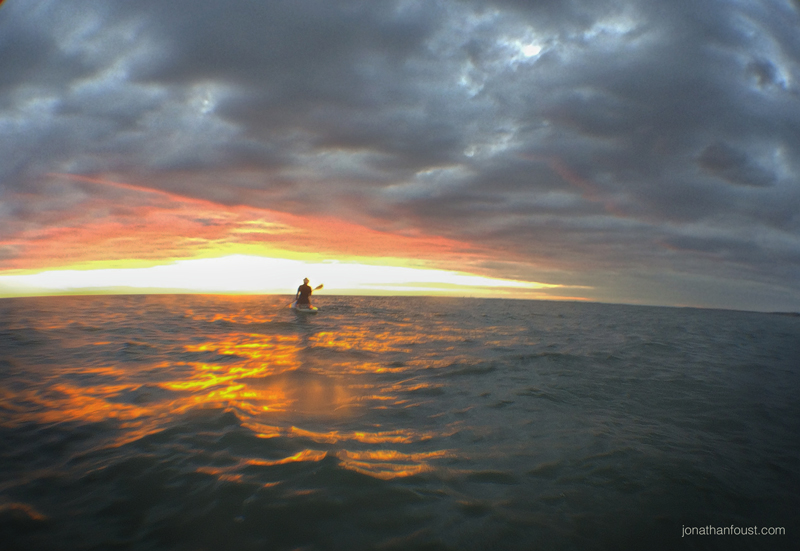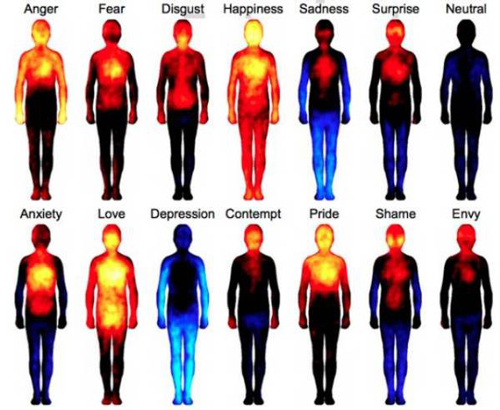 I often find myself acting out a similar pattern: as soon as I see an especially poignant scene, I reach for my iPhone to capture it.
I often find myself acting out a similar pattern: as soon as I see an especially poignant scene, I reach for my iPhone to capture it.
Photos can be a wonderful way of sharing meaningful experiences with others, but I worry that my attempts to document the moment make being present in it a challenge. Does photography support awareness of my immediate experience, or detract from it?
I thought immediately of my friend and teacher Jonathan Foust, a world-renowned meditation instructor and the former president of North America’s largest yoga center, Kripalu. A few decades ago, before his career as a meditation and yoga teacher, Jonathan worked as a freelance photographer for the Rockford Register Star in Illinois.
Who better to address the question of mindfulness when it comes to photography? Here’s what I learned from Jonathan’s unique perspective on the relationship between two of the great passions of his life.

 Awareness of Seeing and Attitudes of the Mind
Awareness of Seeing and Attitudes of the Mind
For Jonathan, the most obvious way that photography encourages mindfulness is by heightening our awareness of seeing.
National Geographic photographer Jim Brandenberg has been an inspiration for Jonathan ever since Brandenberg experimenting with the idea of taking only one photo a day for 90 days. When a world-class photographer who is used to snapping thousands of shots a day limits himself in that way, you can imagine how mindful comes into play.
About four years ago, Jonathan took his Canon G12 with him on a month-long retreat at Spirit Rock Meditation Center with the intention of imitating the experiment–with a slight amendment; he would allow himself to take three photos a day.
And though Jonathan’s hope was to bring more consciousness to how he sees things, he found that the practice also offered powerful insight into the habits of his mind.
“I’d look out over a beautiful sunset and my mind would say, Nah, I got a better one yesterday. Or I would take a shot from a far distance of someone doing qigong with the fog behind them and think, Damn it, if they were only 20 feet higher on that hill they’d be better silhouetted,” he said. ”[I’d] just be noticing–noticing the aversion, noticing the clinging, noticing the judgment.”
READ THE ENTIRE ARTICLE FROM JARED GOTTLIEB and NATIONAL GEOGRAPHIC.
Also, the link is: http://intelligenttravel.nationalgeographic.com/2014/06/06/mindful-photography-jonathan-foust/
iTunes podcast here, online listening here, stitcher here, and Jonathan’s YouTube channel here.
 Jack Kornfield tells the story of a monk from Asia visiting the United States who spoke only two words of English.
Jack Kornfield tells the story of a monk from Asia visiting the United States who spoke only two words of English.
































